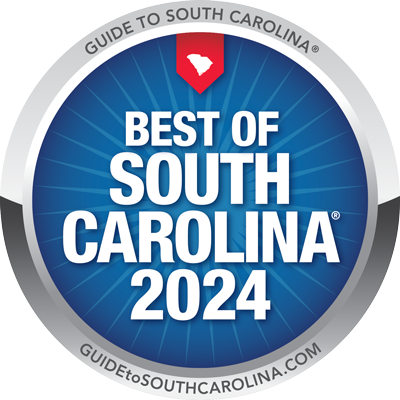Quick – which color appeals to you most?
- Red
- Green
- Gold
- Blue
Without you knowing, you just took a psychological assessment. This was more a party trick than a genuinely validated assessment, but here’s what we just learned about you from your color choice:
- If you chose Red, you’re likely to be a driven person, focused on results, and quick to take charge.
- If you chose Green, you’re likely to be more analytical, fact-based, and careful.
- If you chose Gold, you’re apt to be more amiable, a team player, and someone who engenders trust in others.
- If you chose Blue, you’re more likely to be expressive, persuasive, and enthusiastic in a group.
With one word I was able to learn quite a lot about you. The ability to find out a lot of information about someone quickly is appealing, especially when a manager is attempting to make a key hire for his or her team. This is why 65% to 80% of the Fortune 100 companies use some sort of assessment during the hiring process. Assessments get you information and insights that, if used correctly, can improve your ability to get the right people into the right roles for you. If you’re looking to join the growing list of companies using assessments, you’re going to need something more than the party trick I just administered above.
I’ve been in the assessment business for more than 20 years and here are some of the insights I’ve collected to help you get the assessment that is right for you.
There are a lot of assessments out there, but the most frequently used assessments typically fall into one of two categories.
The first is a Type Indicator.
Some classic examples are the Meyer’s Briggs Type Indicator, DISC, Predictive Index, The Keirsey Temperament Sorter, and the TypeFinder. The upside of these assessments is that they’re easy to interpret and tremendous at team building. The reports will usually give you a 2 or 4 letter designation, a color, or put you into a quadrant. They can be useful when you’re trying to get to know your team by understanding how they prefer to receive information, manage tasks, and interact with others.
While they are phenomenal team-building tools, they start to fall short when used in the hiring process. Essentially, they can tell you what “type” of person will do well in sales, but they can’t tell you if that person is better at transactional sales or capital sales; physician sales vs hospital sales; c-suite sales or clinical sales, etc. In fact, if you go to the Meyer’s Briggs website, they come right out and say that it is unethical to use their assessment for the purpose of hiring people. If you’re using one of these tools, it’s better to administer it as part of the new employee orientation program. It’ll jumpstart the new colleague’s relationship with his or her fellow team members and could enhance your ability to partner with the colleague and to retain him or her on your team.
The second category of assessment is a Big 5 type of assessment.
Some classic examples are Hogan, PeopleBest, NEO-PIR, Profiles International, Devine and Caliper. This type of assessment focuses on 5 dimensions: Openness to Experience, Conscientiousness, Extraversion, Agreeableness, and Neuroticism, commonly referred to as OCEAN. Under each of these dimensions are supporting attributes or behaviors, usually between 16 and 33 in total. They can be benchmarked against an incumbent population, and typically offer ranges for success. Are you confused yet? This is the challenge for Big 5 assessments. They’re more complicated to use than a Type Indicator; however, the upside is that they’re more granular, which helps you drill down and gain the insights you need during the hiring process. Usually, it’s best to partner with someone who has been trained how to read these tools. Also, using a validated and benchmarked Big 5 assessment in the hiring process is worth the investment because it really can help you hire well.

This brings us to the final, and probably most important, piece of advice when using assessments in the interview process. After years of using a wide range of assessments in the hiring process here’s the most important insight I can share with you: I’d never make a hire without using an assessment, but I’d never let an assessment make the hire for me. Don’t put too much weight on the results. I usually put about 20% weight on assessment results. The most important part of the hiring process is, and always will be, your interview. We’ll save that for another conversation.
If you have any questions about the above or if you’re currently looking to bring on testing or evaluating your current program, feel free to reach out to Mike Norton at mike.norton@kestersearch.com!




